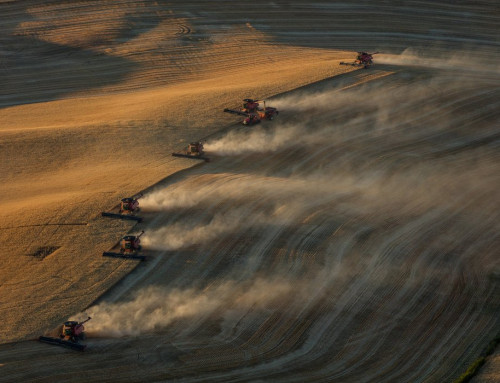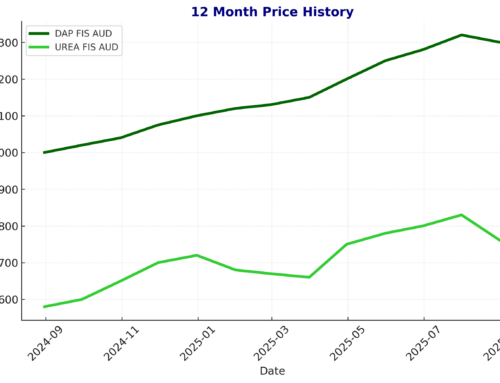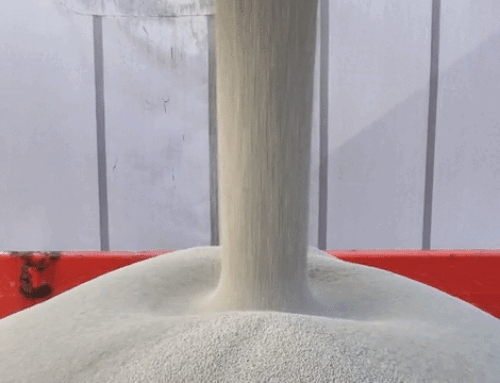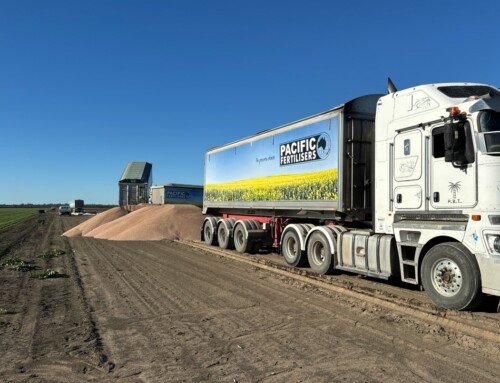Adding calcium to soils can help increase organic matter, trap more carbon
November 20, 2023 By Greg Basky, Canadian Light Source
Using the Canadian Light Source (CLS) at the University of Saskatchewan, scientists from Cornell University and Purdue University have identified a previously undiscovered mechanism triggered by calcium when it’s added to soil. Their finding could lead to more strategic use of the mineral in agriculture.
Researchers already knew that calcium impacts the way organic matter is stabilized in soil. What wasn’t known was whether calcium had an effect on which microbes were involved and how they acted. Microbes are microscopic organisms that live in the air, soil and water; in soil, they process soil organic matter and help promote plant growth.
“We showed that by adding calcium to soil, we changed the community of microbes in the soil and the way they process organic matter,” says lead researcher Itamar Shabtai, an assistant scientist with the Connecticut Agricultural Experiment Station. “They processed it in a more efficient manner – more carbon was retained in the soil and less was lost to the atmosphere as CO2.”
Carbon, which makes up about half of the organic matter in soil, is incredibly important to almost all soil properties, says Shabtai, who carried out the research as part of his postdoctoral fellowship at Cornell. “Soils that contain more carbon are generally healthier. They are better able to hold on to water in drought conditions. Soils with higher amounts of organic carbon are also able to deliver nutrients more efficiently to plants and promote plant growth, and they’re more resistant to erosion.”
From a global point of view, soils contain significant amounts of carbon, more than plants and the atmosphere combined, says Shabtai, so holding on to that carbon can help address climate change. “If we can increase carbon in soil, we can perhaps make a dent in the increase in atmospheric CO2 that we’re seeing.”
The researchers used the SGM beamline at the CLS to measure the amount of plant matter decomposed following the addition of calcium, while the Mid-IR beamline enabled them to identify and quantify the stabilized carbon in the soil – data impossible to gather in any other way, says Shabtai.
Their findings can potentially benefit agricultural producers by giving them another tool to help maintain and improve the organic matter in their soils. “Now that we have a better understanding of how calcium can impact how microbes improve soil carbon, we can perhaps use soil amendments that contain calcium and are already being used by farmers – such as lime and gypsum – in a way that can benefit soil organic matter.”
Article is courtsey of Canadian Light Source (CLS)
https://www.lightsource.ca/public/news/2023-24-q2-oct-dec/adding-calcium-to-soils-can-help-increase-organic-matter-retain-more-carbon.php
Another similar article:
https://www.nature.com/articles/s41467-023-42291-6
Calcium (Ca) can contribute to soil organic carbon (SOC) persistence by mediating physico-chemical interactions between organic compounds and minerals. Yet, Ca is also crucial for microbial adhesion, potentially affecting colonization of plant and mineral surfaces. The importance of Ca as a mediator of microbe-mineral-organic matter interactions and resulting SOC transformation has been largely overlooked. We incubated 44Ca labeled soils with 13C15N labeled leaf litter to study how Ca affects microbial transformation of litter and formation of mineral associated organic matter. Here we show that Ca additions promote hyphae-forming bacteria, which often specialize in colonizing surfaces, and increase incorporation of litter into microbial biomass and carbon use efficiency by approximately 45% each. Ca additions reduce cumulative CO2 production by 4%, while promoting associations between minerals and microbial byproducts of plant litter. These findings expand the role of Ca in SOC persistence from solely a driver of physico-chemical reactions to a mediator of coupled abiotic-biotic cycling of SOC.









